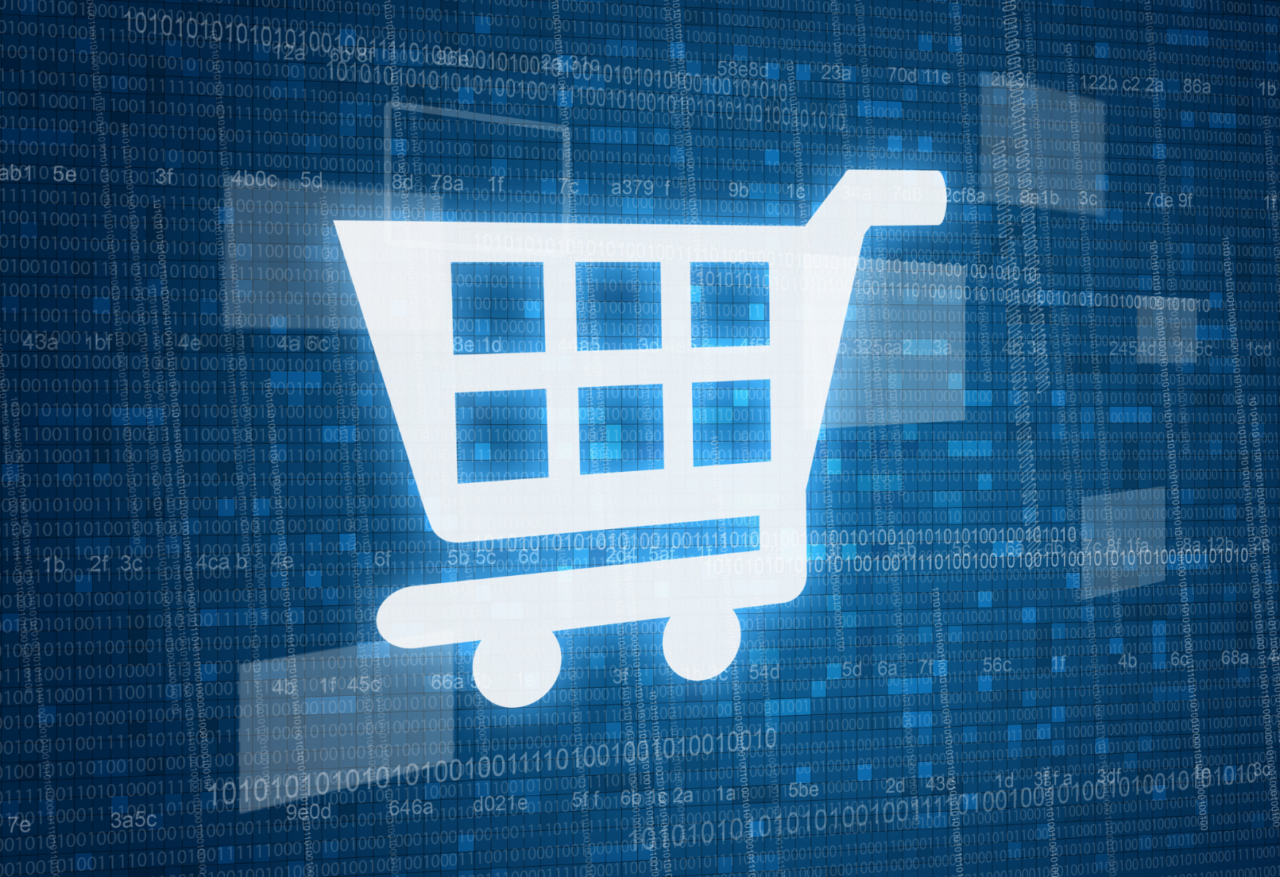On March 11, 2020, the World Health Organization declared COVID-19 a global pandemic. Then, cases in the U.S. had hit 1267 and there were 38 deaths, most of them concentrated north of Seattle, Washington. Worldwide, there were a reported 120,000 cases and 4,300 deaths. The WHO’s statements laid bare what everyone all over the world had feared: The coronavirus would hit every single country in the world and put every single citizen living on Planet Earth in its path.
One week before, we fielded our first in a series of more than 10 bi-weekly national studies of U.S. consumers about the impact of this global pandemic on how they worked, traveled, shopped, bought food and spent their leisure time. What we found was a consumer that was already nervous and already practicing their own social distancing by reducing the level of activity in the physical world. They weren’t going out to eat as much, or to the physical store to buy things as much, or traveling for work or pleasure as much, or even going to the office to work as much. We saw the first signs of the massive digital shift to come take shape.
One week later, many governors across the country made decisions to shut down the physical economy. On March 17, we began to conduct bi-weekly studies across a national sample of Main Street SMBs, the collection of businesses on the main streets and side streets of communities across the country, to understand the impact of the pandemic on their businesses. What we found was a Main Street SMB sector that was floundering and ill-prepared to deal with the loss of their daily foot traffic all at once. Then, 40 percent of those businesses said that they doubted their ability to survive the pandemic.
Over the course of these studies, we have studied more than 14,000 consumers and more than 1,500 Main Street SMBs. These studies serve as a timeline of sorts, documenting the impact of the pandemic on U.S. consumers and SMBs. Each time our studies came out of the field, I shared my own insights around the digital shift in how consumers changed how they work, shop, shop for food, eat, travel and spend their leisure time – as well as the struggles of the Main Street SMB to stay afloat.
We think our work has been a bellwether of the pandemic’s impact on that shift to digital – and why it occurred.
Early on, we surfaced the fact that consumers were prioritizing their own health – and not their jobs or their financial wealth – in making decisions about doing business in the physical world. And that the only thing that would give them the confidence to reemerge was a vaccine.
Early on, we identified a consumer and a Main Street SMB that didn’t think recovering from the pandemic would take a couple of weeks or even a couple of months. Less than a month ago, we found a consumer who, for a variety of reasons, had added 53 days to their own recovery timetable, now reaching early Q1 of 2021. Main Street SMBs share that sentiment.
Early on, we identified the massive shift to digital in categories like grocery and food delivery, which pre-pandemic were still quite nascent. Using statistical analyses, we also identified four consumer digital personas that offer new insight about whose digital habits might stick, where and why.
We also found a Main Street SMB that got a cash flow lifeline from PPP funds, which may still not be enough, and a huge incentive to embrace digital as a way to turn what was essentially zero sales to something that could help keep their businesses open and operating, even at the margin. At the same time, we found a Main Street SMB that wants to go back to business as mostly usual once the pandemic passes, even though they have embraced new digital methods. A restaurant operator still wants her restaurant to be one that largely welcomes patrons for a pleasant dining experience, even though takeout and delivery got her over the hump during the darkest days of the pandemic.
At nearly the halfway point of the year, the pandemic has topped 10 million cases, with roughly 500,000 deaths. The U.S. has crossed 2.5 million cases with more than 125,000 deaths. We have seen how the pandemic has accelerated the shift to digital across every facet of our economy, compressing years of progress into just three months.
So, as we reflect on what the rest of 2020 has in store – and the implications of the pandemic on how consumers live, work, shop, pay, eat and spend their leisure time – we thought it useful to put all of those insights into one place, to reflect on that real-time journey that consumers and Main Street SMBs have also taken, and to offer perspective on the role that each of us plays in bringing what I call “Digital 3.0” to life. A Digital 3.0 world that we believe will take longer than we think to fully form, despite covering so much important ground in just the last 90 days.
Stay safe and well.
- The PYMNTS pandemic report


